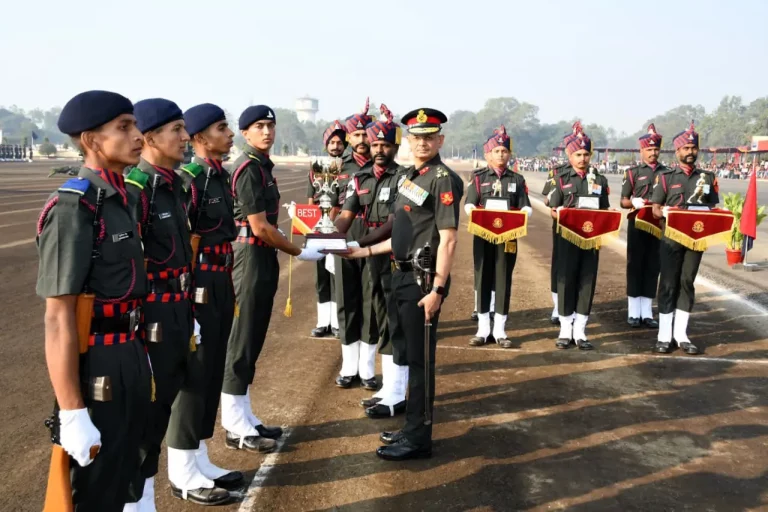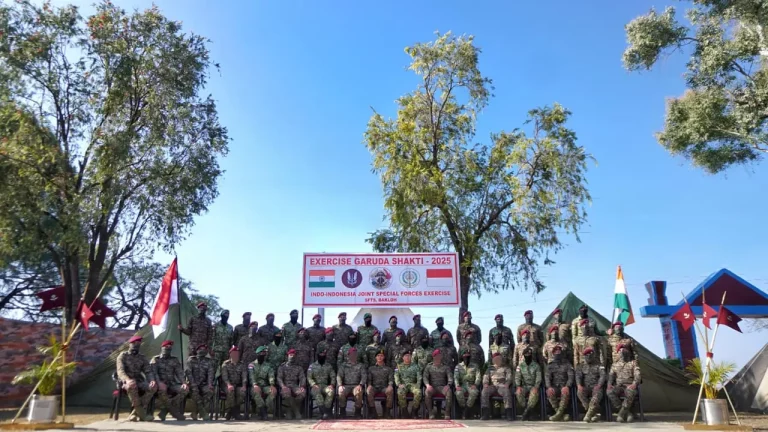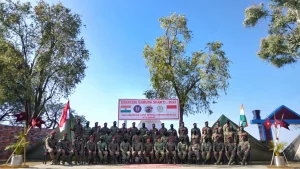In a significant enhancement to India’s border security, the Indian Army has commenced the procurement of six AK-630 30mm multi-barrel air defence guns under the initiative named Mission Sudarshan Chakra. This acquisition is aimed at bolstering the country’s low-altitude air defence capabilities, particularly along the sensitive Pakistan border.
This strategic move is part of broader efforts to safeguard civilian and religious establishments in border areas, especially in light of the lessons learned from Operation Sindoor earlier this year. The procurement aligns with the Aatmanirbhar Bharat vision, which seeks to promote indigenous defence production and technological self-sufficiency.
The Army’s Air Defence Directorate has issued a Request for Proposal (RFP) for the six AK-630 systems, which will be sourced from Advanced Weapons and Equipment India Limited (AWEIL), a state-owned defense manufacturer. Each mobile AK-630 system will be trailer-mounted and designed to be towed by high-mobility vehicles, ensuring rapid deployment even in the challenging terrains of Punjab and Jammu & Kashmir.
The AK-630 is a rapid-fire, six-barrel gun capable of delivering exceptional performance against various aerial threats, including Unmanned Aerial Vehicles (UAVs), rockets, artillery shells, and mortar projectiles. With a staggering cyclic rate of fire reaching 3,000 rounds per minute and an effective operational range of up to 4 kilometers, the gun creates a robust defensive barrier against potential aerial incursions. Its advanced electro-optical fire control system allows for reliable target detection and tracking in all weather conditions, guaranteeing continuous operational readiness.
These AK-630 systems will contribute significantly to the outer kinetic layer of the multi-tier Sudarshan Chakra defence shield, which integrates radar-based detection, laser jamming capabilities, and anti-drone technologies into a cohesive command structure. Launched on Independence Day 2025, this mission aims to establish a comprehensive indigenous security network by 2035 to protect critical national infrastructure and population centers from aerial threats.
This initiative comes in the wake of increased border tensions following Operation Sindoor, during which Pakistani forces reportedly targeted civilian areas. In light of these provocations, the Indian Army has reinforced its forward defences. Army Chief General Upendra Dwivedi has issued a stern warning regarding the likelihood of decisive retaliation under Operation Sindoor 2.0 should provocations persist.
During a recent inspection of Army Air Defence units in Bhuj, Defence Minister Rajnath Singh highlighted the government’s commitment to rapid modernization and the development of indigenous capabilities. These units have previously demonstrated their proficiency by intercepting multiple aerial threats from Pakistan, underscoring India’s enhanced readiness in short-range air defence capabilities.
The induction of the AK-630 systems represents a critical advancement in India’s ongoing efforts to build a robust, indigenous, and layered air defence network. This network is intended to safeguard both military installations and civilian regions from an array of emerging cross-border aerial threats.















